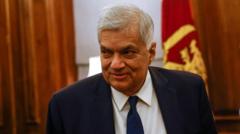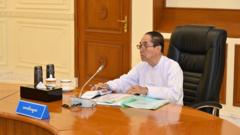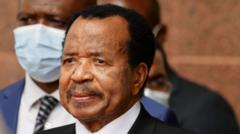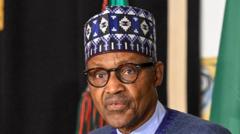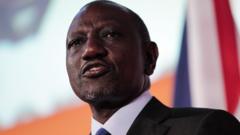SALT LAKE CITY (AP) — Following the death of President Russell M. Nelson over the weekend, Dallin H. Oaks is expected to be named the next president of The Church of Jesus Christ of Latter-day Saints. The announcement of Oaks as Nelson's successor is largely a formality due to the church's established leadership hierarchy.
The leadership of the church consists of a president and two top counselors, known as the First Presidency, who typically come from the Quorum of the Twelve Apostles. This group of 15 top officials, all men, sets church policy and oversees the faith's various business interests. As per tradition, Nelson's successor will be the longest-serving member of the Quorum.
Leadership Structure of the LDS Church
The Quorum of the Twelve Apostles plays a crucial role in church governance and decision-making. This structure was formalized in 1889 to ensure smooth transitions of power - a system that has been adhered to without exception since its inception. With Nelson's passing at the age of 101, Oaks will temporarily lead the church as they prepare for the general conference.
Roles and Responsibilities
The president of the LDS Church is regarded as a prophet and seer, responsible for the interpretation of doctrine, setting policies, and managing church-related business. Nelson managed a vast portfolio with the church's international enterprises valued at $58 billion.
Tenure and Transition
Presidents serve until their death, leading to varying tenure lengths. Oaks, who joined the Quorum in 1984, is next in line for presidency, ensuring continuity and stability within the church's leadership.
Future Leadership Diversity
During Nelson's presidency, the church made strides towards diversity, appointing leaders who reflect a broader demographic of its 17 million members. Upon Oaks' ascent, expectations will be high to continue this trend. Women in the church also hold significant roles, managing programs specifically for women and girls, yet the top leadership remains male-dominated.






